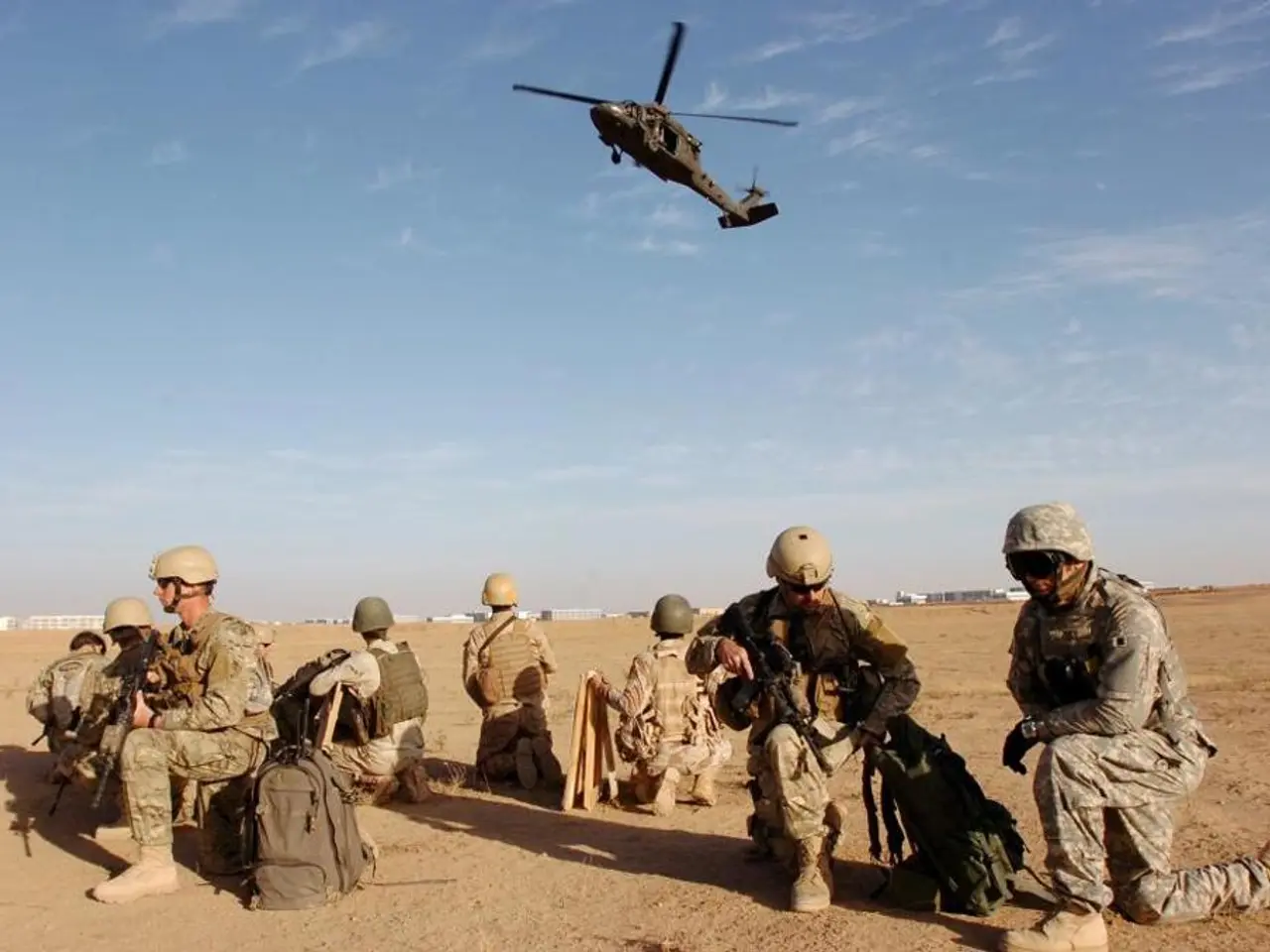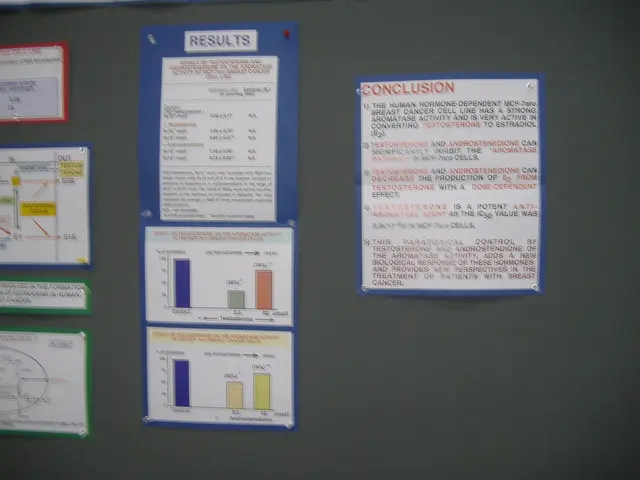Secure Aerial Superiority: Allow the Squadron to Crumble Away
The US Army is facing a significant shift in the realm of small unmanned aircraft systems (sUAS), as these drones are becoming battlefield essentials, used for every tactical purpose imaginable by both Ukraine and Russia. In the war in Ukraine, units that can build, fix, hack, and redeploy drones faster than the enemy are gaining a cumulative advantage, turning the battlefield into a real-time laboratory for the future of drone warfare.
Major Charlie Phelps, a Special Forces officer serving as a company commander in 10th Special Forces Group (Airborne), believes that the US Army should empower its youngest warfighters to build, experiment with, and break equipment like sUAS, reimagining the battlefield from the ground up. This approach aligns with the lean startup model, which emphasizes building a minimum viable product, testing and iterating quickly based on user feedback, and pivoting or persevering based on real-world data.
Commanders can establish safety protocols, no-fly zones, and unit-level airspace management tools to ensure the safe use of drones. However, the defense acquisition system, overly optimized for compliance and favouring exquisite, long-life, high-cost solutions, is deeply ill-suited for the sUAS revolution. A true shift would involve creating dedicated drone innovation budgets at the battalion and company level, allowing commanders to fail fast and often without career penalty.
To remain a dominant landpower service in large-scale combat operations, the Army needs to radically decentralize innovation, especially in the realm of sUAS. This shift should begin with the squad leader and the drone in his or her rucksack. It will require resourcing the lowest levels, tolerating failure, and decentralizing innovation authority.
The Army continues to treat drones as niche enablers, with drone density remaining too low across brigade combat teams. To address this, the Army should reallocate funds directly to tactical units, especially in the combat arms, so they can procure, test, and modify sUAS in operational settings. This approach could involve partnering directly with commercial drone companies at the operator level, building support ecosystems such as repair labs, 3D printing capabilities, and software hacking workshops within maneuver units.
Innovation will not come from a program office, but from the mud, the barracks, the garage, and the field. Ukrainian units are modifying commercial drones on the fly using commercial parts, 3D printers, and open-source code, and experimenting with new tactics weekly. A factory in Ukraine produces low-cost drones for soldiers to modify and use for various tactical purposes, including intelligence, surveillance, and reconnaissance, artillery spotting, electronic warfare targeting, psychological operations, logistics, and direct attack.
The views expressed in this article are those of the author and do not reflect the official position of the United States Military Academy, Department of the Army, or Department of Defense. Sgt. Devyn Adams, the photographer who took the image used in the article, is acknowledged for his contribution.
As the world of massed, networked, and expendable sUAS continues to evolve, the only way to stay ahead is to innovate faster than the adversary. This innovation will require a cultural shift across all combat units, embedding drone experimentation into training cycles, building local sustainment and fabrication capacity, and treating drone teams as integral parts of tactical formations. The lean startup model, with its emphasis on failing early and cheaply to learn from mistakes, is particularly applicable to sUAS.
Read also:
- Companies exercise prudence towards AI adoption, ensuring secure implementation: Exploring safeguards and strategies.
- Stolen Brain Data of Sinner and Leclerc (Yellow chroma), previously held in China, repurposed for military training purposes.
- Increased instances of Russian-originated disinformation on social media platforms detected following the shooting of Kirk
- Financial researchers at Carnegie urge immediate efforts to counteract cyber threats in the financial sector







